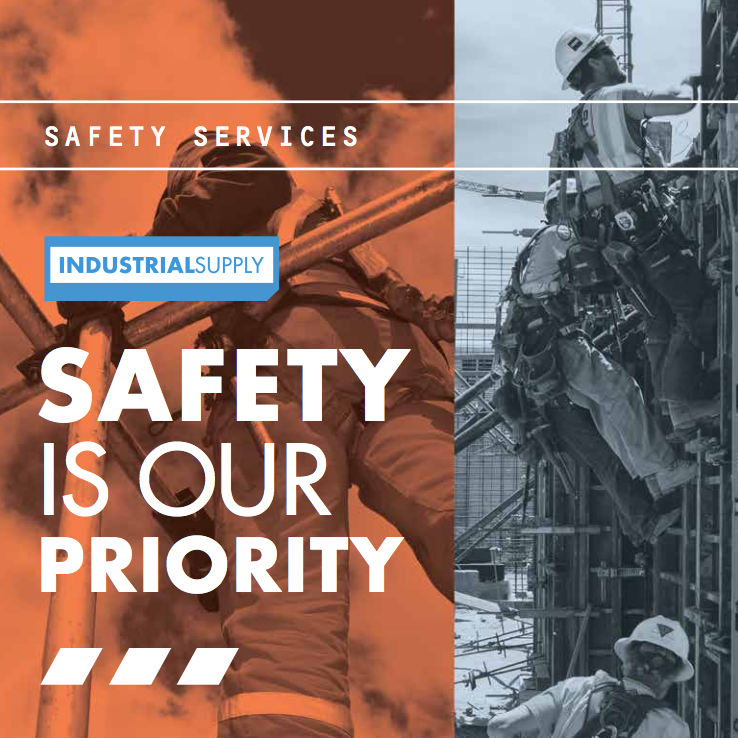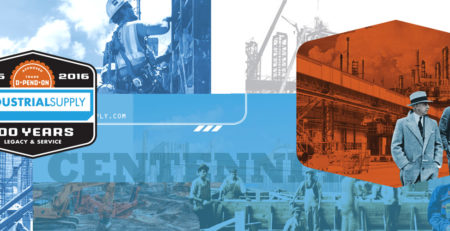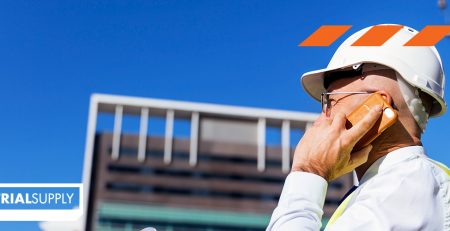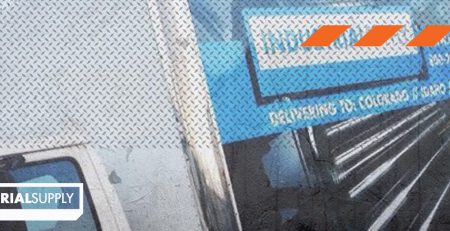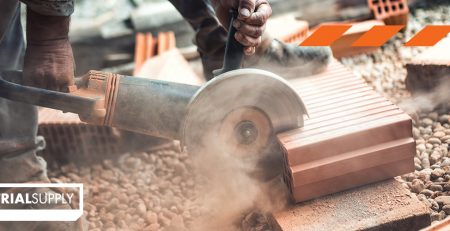How to Choose the Right Fall Protection for the Job
To prevent accidents from happening on the worksite, it is crucial to know how to select the right fall protection for the job. Most accidents can be prevented, yet falls continue to be the leading cause of death on construction worksites. For this reason, it is important to become aware of the various fall protection options specific to your job.
According to the Occupational Safety and Health Administration (OSHA), a Personal Fall Arrest System (PFAS) is required for workers exposed to vertical drops of at least six feet. The PFAS consists of three components–a harness, a connection, and an anchorage point. Choosing the right equipment is not only a fundamental safety precaution, but can also be a life-saver in the event of an accident.
When it comes to choosing the appropriate harness, it’s important to pick one that is designed to be worn for its intended purpose. Despite the many varieties to choose from, each harness is made with different types of lanyard rings, D-rings, and webbing, providing the wearer with a custom safety solution specific to his or her job. Equally important, the harness must fit well, yet still allow for ease of movement so that the wearer can work efficiently.
When used in addition to a harness, connectors are engineered to lessen the impact of a sustained fall. As far as connector options go, workers are encouraged to consider the elevation at which they are performing the job. It is recommended that workers who work around sharp edges use lanyards that are made to be extra flexible and durable. There are also fire retardant lanyards for those who work in such hazardous conditions. To prevent damage to the system, it’s important that the connectors have a corrosion-resistant, smooth finish.
Lastly, selecting the correct anchorage point is imperative in order for the PFAS to provide maximum fall protection. It is important to make sure the anchor point is exceptionally strong (such as steel), as the structure is meant to withstand the force of the fall protection gear. Even the best harnesses won’t protect against falls if the anchorage point is unstable. If there are no certified anchor points within the jobsite, consider the potential fall distance, work area access, and of course, how a potential rescue could be performed.
Clearly, a PFAS is only as effective as each of its parts. Never overlook the importance of wearing appropriate fall protection equipment on the jobsite if your job requires you to work at an elevated position. Knowing exactly which preventative measures to take can make all the difference in staying safe and working efficiently.
This post sponsored by:


To learn more about Industrial Supply's Safety Training Programs, contact Tyler Whipple
801.913.1720
TWHIPPLE@indsupply.com

